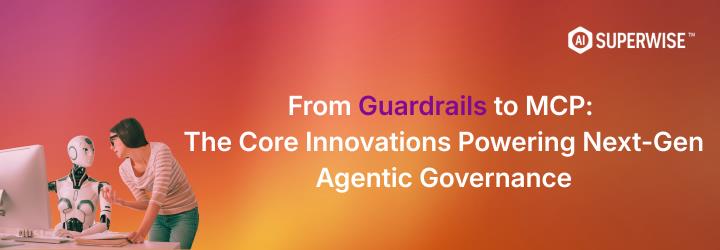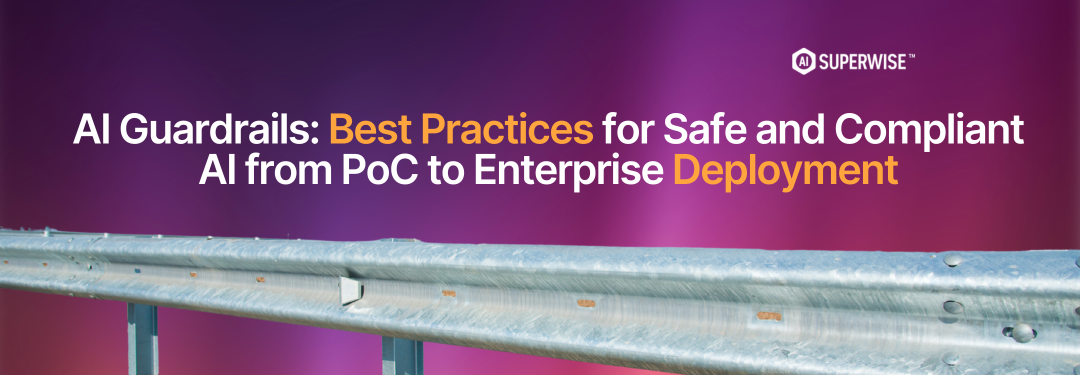From Guardrails to MCP: The Core Innovations Powering Next-Gen Agentic Governance
Governance comes first. Agentic AI only works when teams can see what their systems are doing and keep them accountable. This blog breaks down how modern guardrails, real-time visibility, and MCP integration make that possible. It covers adaptive guardrails, modular policy stacks, audit-ready logging, and the shift toward interoperable agent workflows. You’ll see how enterprises can reduce risk, build trust, and deploy autonomous systems without slowing developers.





